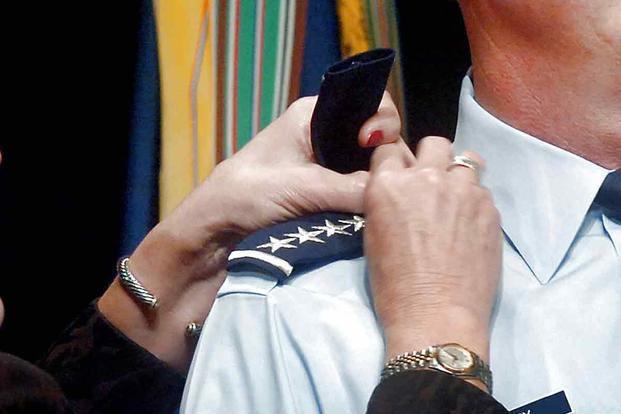Defense Secretary Initiates Significant Reduction in Top Military Ranks
In a strategic move aimed at streamlining the military’s leadership structure, Defense Secretary Pete Hegseth has mandated a significant reduction in the number of top-ranking officers. The directive calls for a 20% cut in four-star generals and admirals, alongside a reduction of at least 10% in generals and admirals across all branches.
The memo released on Monday emphasizes the need to eliminate “unnecessary bureaucratic layers” and enhance leadership efficiency by removing redundant force structures. This reduction is set to affect the active duty and the National Guard.
Currently, fewer than 40 four-star officers serve in active duty roles, often occupying leading positions in their respective services or managing global combatant commands. The directive would therefore result in the elimination of seven or eight of these positions. The broader mandate to cut approximately 90 positions among the 900 general and flag officers underscores the scope of this restructuring.
While the memo outlines the intended reduction, it leaves unclear whether these positions will be phased out through natural attrition or direct dismissals. Additionally, the response from Congress, which has the authority over these positions, remains uncertain. Hegseth’s office refrained from offering further details, stating, “all we have on this is the memo for now.”
In a related video message, Hegseth highlighted historical discrepancies in officer-to-troop ratios, noting that “during World War II, the military had a ratio of one general to 6,000 troops; today, it’s one general to 1,400.” He clarified that the reduction is not punitive but necessary for operational effectiveness.
Hegseth’s stance on military leadership is not new. Reports from June 2023 indicated his belief that a substantial portion of the military’s senior officers were “actively complicit” in political influences affecting the military. His commitment to this viewpoint was evident even before he assumed office, as seen in a November interview where he advocated for significant leadership changes, including the removal of those involved in policies he deemed detrimental.
Following his inauguration, Hegseth implemented these changes, as evidenced by the dismissal of Adm. Lisa Franchetti, the Navy’s first female chief, and Gen. James Slife, the Air Force’s second-in-command. These actions left the military without female leadership in four-star roles.
President Donald Trump mirrored this approach by dismissing Joint Chiefs chairman, Air Force Gen. Charles “CQ” Brown. Subsequent firings included Air Force Lt. Gen. Jennifer Short, emphasizing Hegseth’s intent to reshape military leadership.
Despite the scale of these actions, Hegseth’s office has not provided detailed justifications for the dismissals. While some bipartisan agreement exists regarding the military’s top-heavy structure, the political climate surrounding these decisions, particularly concerning “woke” officers, could influence legislative reactions.
— Rebecca Kheel contributed to this story.










